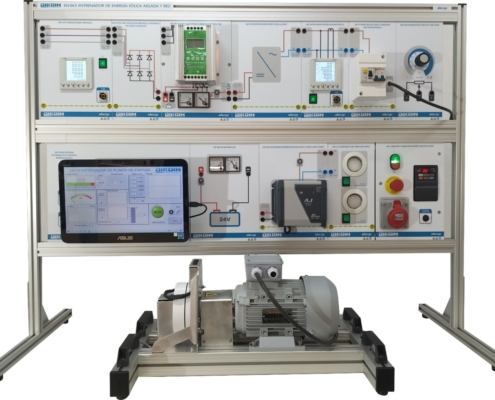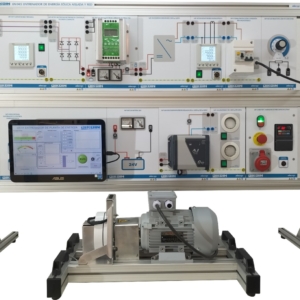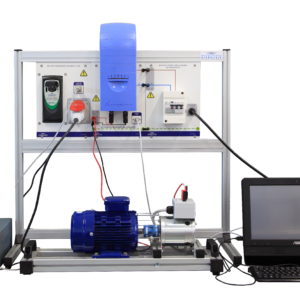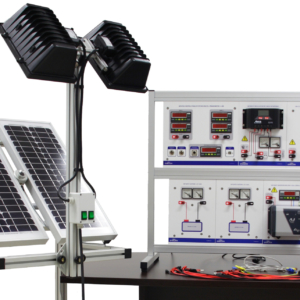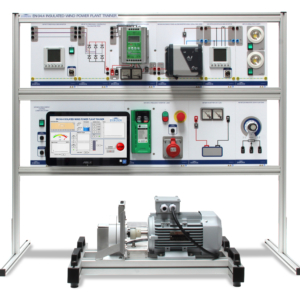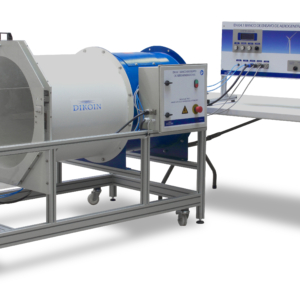With the EN 04.5 Wind Turbine Trainer, we bring to life the intricacies of wind energy technology in a hands-on and educational manner. This innovative device employs an electric motor to replicate the functions of wind turbine blades and hub, connected to a state-of-the-art permanent magnet synchronous three-phase generator. This setup efficiently converts mechanical shaft energy into electrical power.
The electricity produced is initially in three-phase AC form, which is then rectified into DC to supply an inverter. This inverter converts it back to single-phase AC, aligning the frequency and other characteristics for seamless integration into the main power grid. The system is also versatile, allowing for energy storage in batteries, direct consumption via an isolated inverter, or using stored energy when wind conditions are suboptimal.
A key feature of the EN 04.5 is its advanced computerized control system, equipped with a touchscreen interface. This system provides detailed insights and facilitates real-time data analysis, significantly enhancing the learning experience. It enables users to fine-tune parameters and immediately observe the resulting effects, making it a dynamic educational tool.
The EN 04.5 is not just an educational device; it is a window into the actual processes of wind energy generation. Its user-friendly design demystifies each aspect of wind energy systems, from the initial generation phase to the complexities of grid integration.
Designed with modularity and clarity in mind, the EN 04.5`s structure aids in understanding and manipulating each component, encouraging a hands-on approach to learning. Its design permits straightforward connection and disconnection of various modules, ideal for tailored experimentation and diverse setup configurations.
Beyond its educational value, the EN 04.5 equips learners with practical skills applicable in the burgeoning field of renewable energy. By providing a comprehensive understanding of wind generation systems` mechanics and efficiency, it empowers users to meet and overcome the renewable energy sector`s future challenges.

